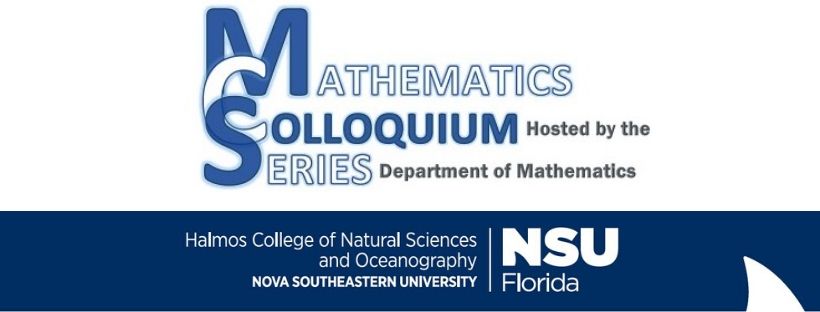Seizure Prediction in Epilepsy Patients: A Mathematical and Computational Neuroscience Approach
Description
Epilepsy affects approximately 1% of the world population, being the most common chronic neurological disease. Of those individuals affected, about 30% are not well controlled on medications. This has a severe negative impact on their quality of life since they do not know when seizures will occur. This colloquium will discuss efforts to develop techniques of seizure prediction in these patients. Specifically, using the Hodgkin-Huxley model of neuron action potentials, a network of simulated neurons connected in a small-world network topology is used to simulate the electroencephalographic (EEG) signal of the network activity. The choice of a small-world topology is based on recent work in the field of connectomics, which has found the human brain incorporates a small-world topology. The simulated non-seizure state exhibits scale-free behavior in which the power spectral density follows a power law, while the seizure state is characterized by pathologic synchronization. Work is ongoing to examine the transition period from non-seizure to seizure states more closely to identify potential factors that could be used for seizure prediction.
Date of Event
April 17
Location
Mailman-Hollywood Auditorium 2nd Floor

Seizure Prediction in Epilepsy Patients: A Mathematical and Computational Neuroscience Approach
Mailman-Hollywood Auditorium 2nd Floor
Epilepsy affects approximately 1% of the world population, being the most common chronic neurological disease. Of those individuals affected, about 30% are not well controlled on medications. This has a severe negative impact on their quality of life since they do not know when seizures will occur. This colloquium will discuss efforts to develop techniques of seizure prediction in these patients. Specifically, using the Hodgkin-Huxley model of neuron action potentials, a network of simulated neurons connected in a small-world network topology is used to simulate the electroencephalographic (EEG) signal of the network activity. The choice of a small-world topology is based on recent work in the field of connectomics, which has found the human brain incorporates a small-world topology. The simulated non-seizure state exhibits scale-free behavior in which the power spectral density follows a power law, while the seizure state is characterized by pathologic synchronization. Work is ongoing to examine the transition period from non-seizure to seizure states more closely to identify potential factors that could be used for seizure prediction.



Presenter Bio
Gary D. Cravens is an Associate Professor of Biomedical Informatics at the NSU College of Osteopathic Medicine. He has an M.D. degree with M.S. degrees in computer science, physics, physiology, and health informatics. His research interests are focused on mathematical and computational neuroscience, specifically on seizure prediction in epilepsy patients.